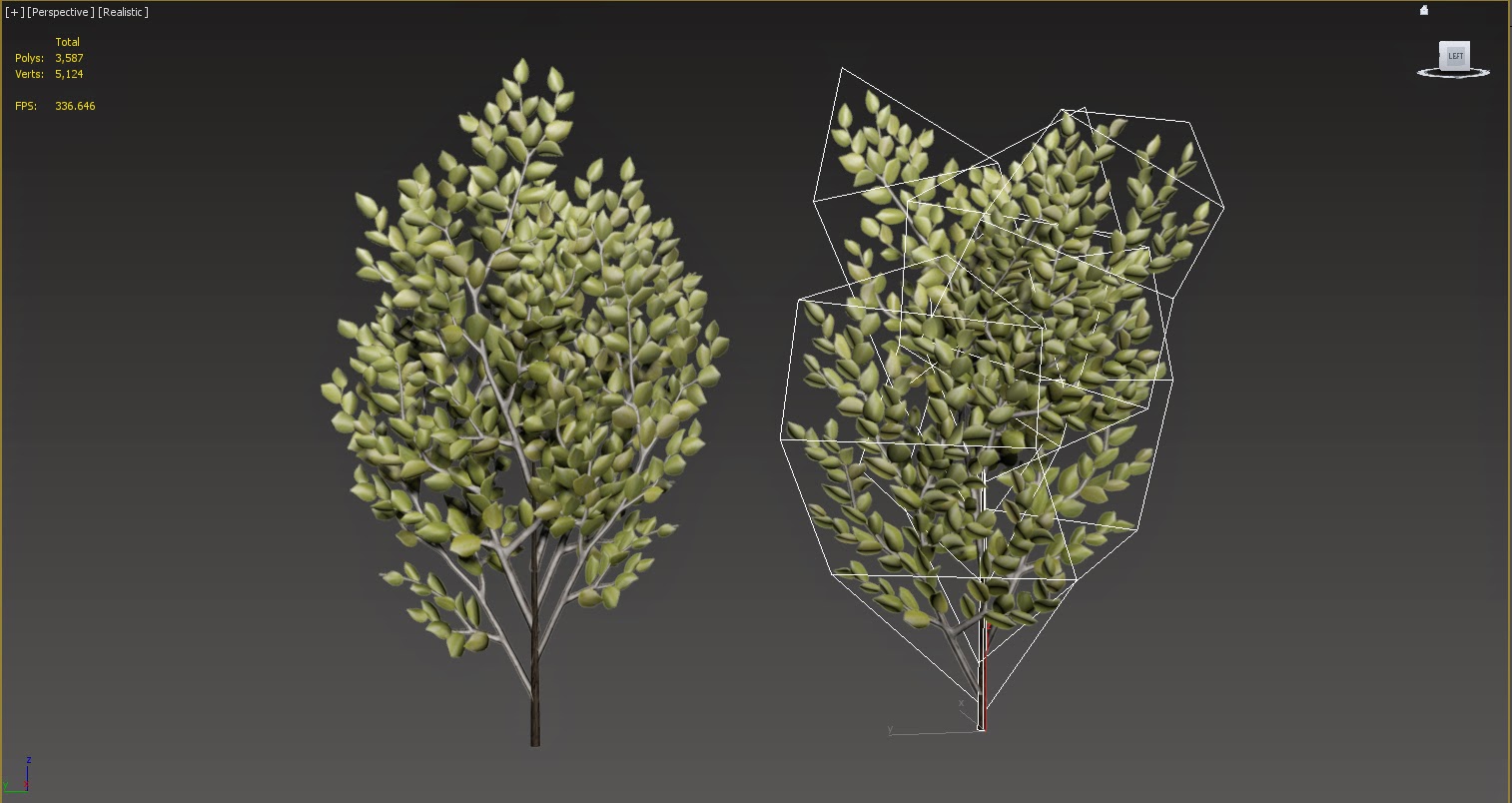Wednesday, 26 March 2014
Facebook acquire Oculus Rift
I've been really excited about the return of VR since the hugely successful Oculus Rift Kickstarter campaign a couple of years ago. With each titbit of news my excitement has only grown, and I plan on getting one as soon as it's released. It's something I want to specialise in developing for in my third year at college as I really believe it's the future of gaming, and should open new design and marketplace opportunities. I guess I'm not the only one with today's announcement that Facebook have purchased Oculus for $2 billion. As much as I'm not a fan of Facebook I'm happy that Oculus now has a huge company behind it, the future of VR is pretty much assured now. However I do feel sorry for the initial investors, they invested in something that they felt part of, something that would grow organically and be championed by enthusiasts and then maybe becoming mainstream. I worry that if not handled properly the return of VR may be a flash in the pan like 3D, and if these big companies don't see an immediate return on investment VR will be considered a failure to be shelved again for the next few decades.
Friday, 21 March 2014
Unreal Engine 4 - Features Trailer
After getting to grips with the fundemantals of UDK3 in my last few modules, I'm excited to see the improvements and upcoming features that this trailer for Unreal Engine 4 showcases. Hopefully I'll be able to enchance my workflow, add an extra level of realism and detail to my designs, and keep ahead of the game with this new toolkit.
Monday, 17 March 2014
Weekly Targets
- Research Creativeskillset.org for job opportunities in relation to my current skillset and where I need to improve.
- Find a tutorial to help me practice my Zbrush tuition.
Friday, 7 March 2014
Creating Game Quality Vegetation Assets
One of the things I was
keen to add to my level was vegetation, I thought adding these
elements would really bring it to life, fill in bare areas of the
terrain, and add interest to the landscape. The problem with creating
these elements was in keeping the polygon count low while making them
look as realistic as possible. Trees are also some of the most
complex natural shapes and whilst there's plenty of ways to create
trees, including presets in Max and programs like SpeedTree in UDK,
It's a technical process that I wanted to learn, and update my
skillset.
With this being a very
technical discipline, to create the vegetation I had to follow a
tutorial that covered this process. I found a great tutorial by 3D
Motive called 'Creating Foliage for UDK' that I used to help teach
myself how to bring these elements into UDK but also animate them
though the use of materials in the engine.
The first element I
learnt to create was grass, again what should be something simple, if
we created individual blades of grass as models and then import them
into UDK, we would need thousands of instances to get any decent
coverage, and the polygon count would be astronomical.
To keep the poly count
low but still create realistic looking grass, we can still model the
grass in a 3D program such as Max and then 'bake' the models to a
texture plane. In this way we can capture all of the lighting,
specular, and diffuse information of a 3D asset but then it will
still read in a similar way on an image plane when in a game engine.
Once the texture was
complete I then took it back into Max and applied it to the plane
that was used as the render to texture object. I then split the plane
into the two smaller polygons at the top and the larger grass asset
at the bottom. With preserve UV's enabled I then moved the vertices
of each asset to tighten up the geometry around the grass texture, it
also means less geometry is rendered in UDK (every little helps).
Both the grass and trees were going to be animated in UDK through the use of materials. To do this I had to paint the vertices using 'vertex colour', a red gradient lighter at the top meant the grass should bend more at the top whilst staying fixed at the base.
I went through each asset in a similar fashion and then created random clumps that I can scatter about my terrain.
The trees were created using the same techniques as the grass, modelling the branches, baking textures and normals, painting the vertices, and then grouping the planes.
I used splines to create the trunk and branches, and then attached the planes to them trying to create a naturalistic looking tree.
Tuesday, 4 March 2014
Weekly Targets
- Continue working on assets for my Knight level
- Choose some of my best models to retopologise for my art gallery
- Update my online portfolio
Subscribe to:
Comments (Atom)





